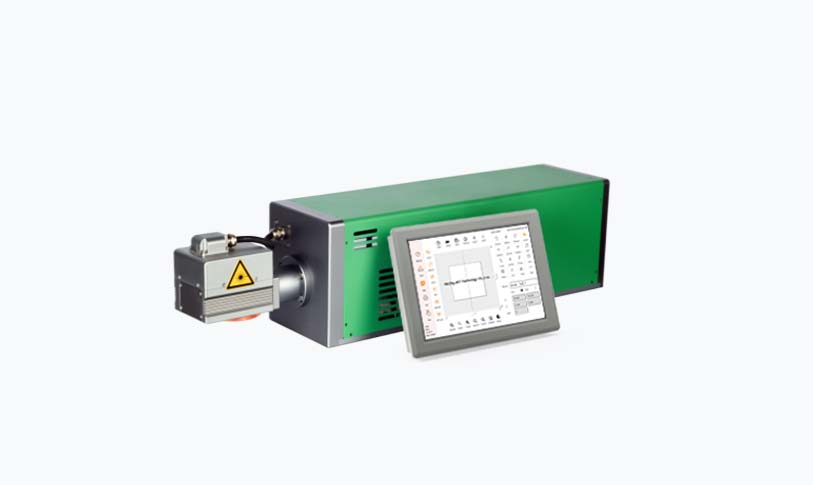[single mode laser]Single-Mode Lasers: An Introduction to Their Operation and Applications
News 2025-4-29

Single-Mode Lasers: An Introduction to Their Operation and Applications
Operation of Single-Mode Lasers
At its core, a single-mode laser operates by stimulating a single longitudinal mode of electromagnetic radiation within a resonant optical cavity. This is achieved through feedback mechanisms that ensure the radiation remains within the cavity, allowing for amplification and coherent oscillation. The laser's design ensures that only a single frequency is amplified, resulting in a narrow optical beam with high spectral purity.
Key Technologies and Components

Single-Mode Lasers: An Introduction to Their Operation and Applications
1. Semiconductor materials: These are used to create the active medium within the laser cavity, responsible for emitting light when stimulated. 2. Optical cavities: These are designed to provide feedback for the electromagnetic radiation, ensuring that only a single frequency is amplified. 3. Diode-pumped solid-state lasers: These are becoming increasingly popular due to their high efficiency and reliability. They combine semiconductor diode technology with solid-state laser materials, resulting in compact and cost-effective systems.
Applications of Single-Mode Lasers
Single-mode lasers have numerous applications across various fields, including:
1. Communications: They are used in fiber-optic communication systems to transmit data over long distances with high speed and low loss. 2. Data storage: Single-mode lasers are used in optical disc drives for data storage and retrieval, providing high-density storage capabilities. 3. Manufacturing: They are used in precision machining, cutting, and welding applications, offering high accuracy and speed. 4. Medical: Single-mode lasers are used in various medical procedures, such as surgery, ophthalmology, and dermatology, due to their precision and controlled delivery of energy. 5. Sensing and Metrology: They are used in precision measurement applications, such as distance sensing, spectroscopy, and interferometer systems.
Conclusion
